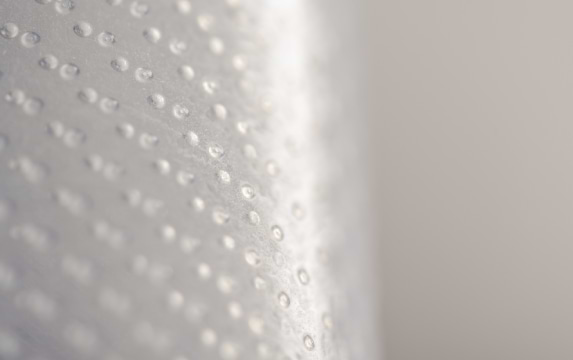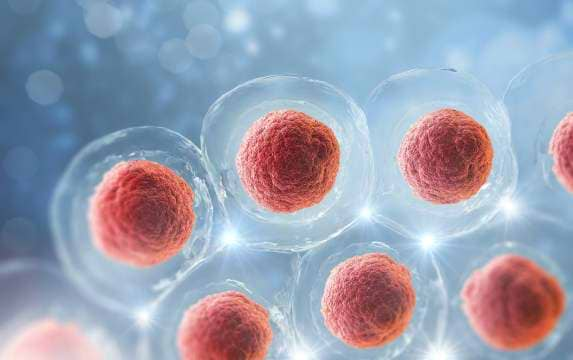Erectile dysfunction injections are a medical treatment designed to help men coping with erectile dysfunction (ED) achieve an erection firm enough for satisfying sexual intercourse. This therapy was particularly common before drug treatment has become available and today it is offered as second-line treatment, that is – only to patients who did not respond well enough to ED medications or to those who cannot initiate drug treatment due to various reasons. Erectile dysfunction injections require a prescription.
It is noteworthy, that although penile injection therapy is highly effective, it doesn’t treat the root cause, which is why you need to use it each time before sexual intercourse.
How Does Injection Therapy Work?
There are three types of medications used in injection therapy. Sometimes only one medication is administered, though combinations of these medications may also be used – as shall be decided by your physician in collaboration with you. All three medications work by relaxing the smooth muscles and widening the blood vessels in the erectile bodies in the penis. This increases blood circulation and leads to an erection within 5 to 15 minutes, lasting for about half an hour (the exact erection time depends on the health and individual condition of each patient). In general, this is one of the fastest-acting ED treatments available today, especially given that pills like Viagra take 30-60 minutes to induce an erection. ED injection therapy has a high success rate among 80%-90% of the patients.
ED injections require medical guidance as to how to self-inject. The first injections usually take place at the clinic, so that patients can get familiarized with and learn the correct injection technique. The medication is injected at the sides of the penis using a very fine needle, and this is quite a simple process. Following the first injections in clinic, patients stay for a short while to ensure that no serious side effects develop, such as a local bruise (hematoma) or an unwanted prolonged erection (priapism) – this is a relatively rare side effect in which an erection lasts for more than 4 hours after injecting, requiring an emergency treatment: draining excess blood from the penis or injecting an erection suppressing medication.
What else is important to remember? that unlike drug therapy such as Viagra, penile injections induce an erection even without any sexual stimulation. Likewise, it is possible to inject only once daily and it is recommended to wait at least two days between injections. Finally, the maximum allowed number of weekly injections is three.
When is ED Injection Therapy Suitable?
Penile injection therapy is suitable as second-line treatment for men with erectile dysfunction that prevents them from achieving firm erections for penetrative sex, or from maintaining erections for the desired length of time. However, this treatment is usually not recommended for men with mild ED as its effects might be too strong. Rather, it is usually reserved for more complex situations, such as unsatisfactory results from other ED medications, even after trying different ones, or if the response to ED drugs is impersistent and firm erections are not consistently attained or maintained. Treatment may likewise be suggested if oral ED medications are not well tolerated due to side-effects such as headaches, indigestion, back pain etc. Sometimes ED injection therapy will be recommended following pelvic surgery, such as prostate gland removal (due to prostate cancer) or urinary bladder removal (due to bladder cancer), after pelvic radiotherapy or when ED is due to diabetes or other medical conditions.
In addition, some men may prefer penile injections over other second-line treatments, such as a penile pump or the third-line treatment option of penile prosthesis implantation.
To Whom Penile Injection Therapy is not Advisable?
Penile injections are not recommended for:
- men taking certain blood thinners
- men with significant penile scarring, which might complicate locating a proper injection site
- men with limited finger and hand dexterity, as it might be difficult to hold the penis while injecting the medication
- men who are generally intimidated by needles and injections
What are the Risks and side Effects of Penile Injections?
- ED injection therapy is not entirely risk-free, and as with any type of injection, there is a risk of mild bruising or minor bleeding at the injection site. This normally subsides when pressing a gauze on the site. However, when injecting carefully according to the doctor’s instructions such problems can be avoided almost completely.
- Temporary irritation, swelling or pain, that usually resolve quickly on their own. If this causes a problem, consult your doctor about changing the composition of the injection or the dose.
- Subcutaneous swelling – this can be avoided when learning how to properly place the needle and the correct injection technique.
- Prolonged erection (priapism) – as mentioned, this a rare side effect of penile injections, but a serious one, requiring emergency care to avoid irreversible penile damage.
- Penile scar tissue formation – this is a rare side effect that can occur when frequently injecting into the penis. Multiple areas of scar tissue can cause an abnormal curvature as well as poor response to the injection therapy.
- Some patients report a decrease in penile sensation and difficulty ejaculating. However, these effects may be due to the primary causes of ED, rather than the penile injections.
Patients experiencing pain or bleeding that last more than few minutes following the injection must see a doctor for proper diagnosis and treatment (if needed).
What Else is important to Know?
Penile injection therapy is a relatively safe and effective way for treating ED, yet this therapeutic option is considered invasive.
If the injections cease to work after three months of use, it is advisable to consult your physician about additional treatment options.
The Company hereby clarifies that the information contained on the website is for informational purposes only, and is not intended to be a substitute for professional medical and healthcare advice, and does not constitute medical advice or opinion. Always seek the advice of your physician or other qualified health provider with any medical condition or question you may have regarding a medical condition.





